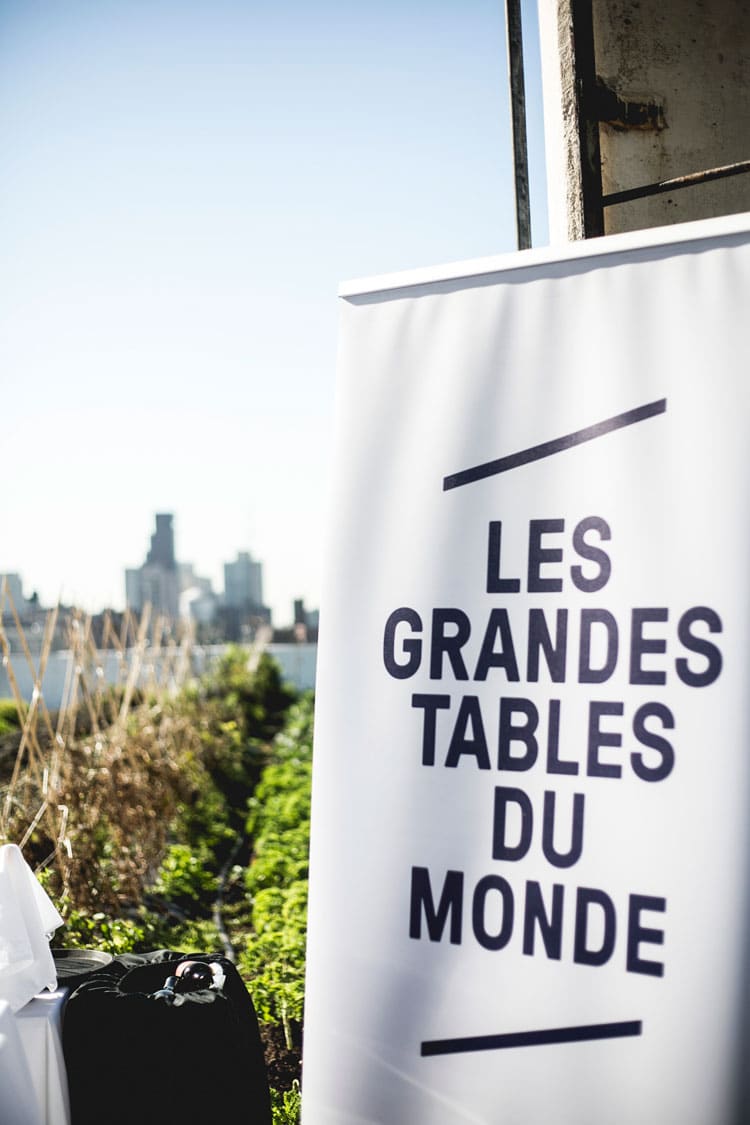
Dear friends,

Valence, march 18th, 2020.
Dear friends,
These is an historic time. A time when panic can overcome reason. Many of us around the world are being impacted by this unprecedented health crisis. And all of you restaurateurs are among the first to be affected.
It is with great emotion that we think of all our friendly members in Italy, China, Belgium, Spain, France, the United States and all over the world who have had to close their establishments. We hope that this crisis will give rise to new projects and new ideas. But for now, we send you all the courage we can to overcome this situation. “We are at war”, but we will continue to create. Trust that light can come out of the darkest events…
This follows the heavy events that some of you may have endured in 2019. It is once again a reminder of how difficult and fragile your profession is, how little it takes for everything to change. But those challenges must also push us to gather our strengths and resources to adapt to an environment that is by definition ever changing. Our capacity to adapt is more essential than ever. Les Grandes Tables du Monde Association is a large community where solidarity and friendship are request. We invite each one of you to communicate and support each other and we remain at your disposal to help you in the best possible way to cope with the situation.
We are also very aware of the financial consequences. Therefore, the Association board members has decided during its last board meeting to change our annual congress destination. Instead of Bangkok, which will be postponed, a new destination will soon communicate. However, the dates, from October 11th to 13rd are still maintained. Given the circumstances and to limit costs, we will relocate the Congress in Europe, easy access for the vast majority of our members, and low shipping costs.

We wish you all to keep working wonders, serving dreams and unforgettable memories to our customers. Our thoughts are with you and we assure you of all our support and affection during this very hectic period.
Please rest assured that we will get back to you with new information as soon as possible. Until then, take care of yourself, your families, and your teams.
We look forward to hearing from you,
David SINAPIAN
and the Board of Directors
Nicolas CHATENIER
and all Les Grandes Tables du Monde Team










